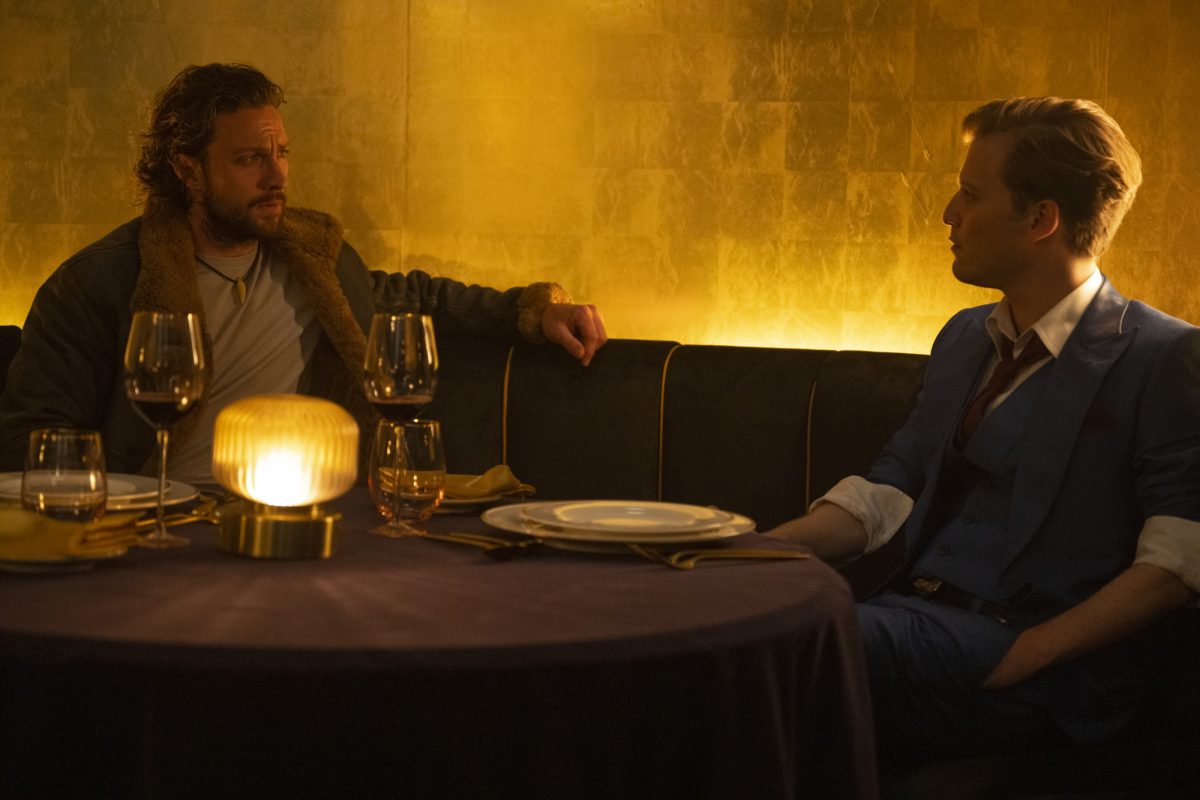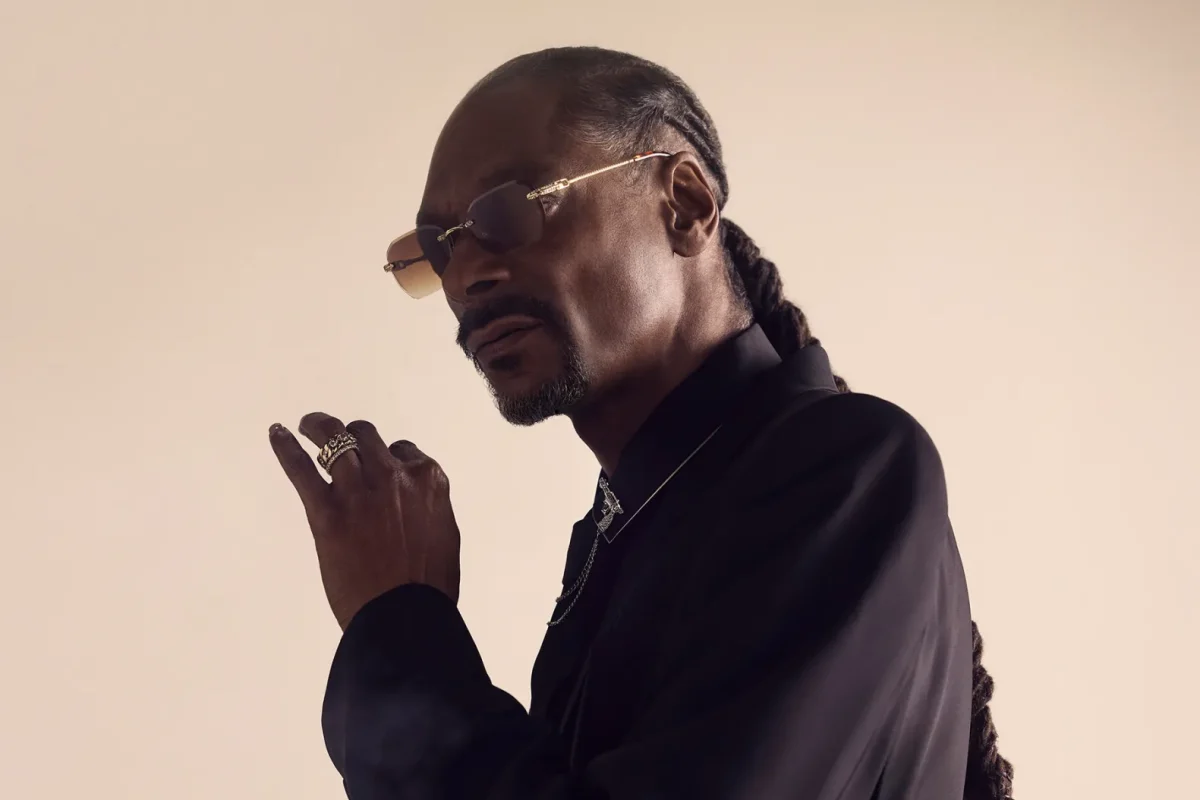In the horror world, many successful directors have been unique in their decisions to stray away from the normalities of horror. These directors aren’t afraid to go out of their comfort zone when attempting to create tension-building cinema. A great director does not rely on cheap jumpscares to scare audiences but rather uses a group of tactics to build tension.
One of the ways that directors can make a terrifying movie is through the sound design. A chilling soundtrack can be a tactic that brings a good movie to great. Many horror movies use sound design to amplify suspense, and various modern horror movies use silence punctuated by sudden noise. Using silence in a horror movie can increase dread and tension due to the viewer anticipating a jumpscare, only for it never to come. One movie that excelled at this was the controversial movie “Skinamarink,” directed by Kyle Edward Ball. Ball uses a constant grainy sound to build tension throughout the whole film. Sound is a key ingredient in cooking up scary scenes in the horror world.
Another way that directors scare audiences is through a movie’s pacing or timing. Some of the scariest horror is what isn’t shown to us as viewers. Directors often use dark corridors or empty rooms to leave the horror up to the viewer’s imagination. Many movies gradually build tension before showing a horrifying reveal or shock — however, a lot of amazing horror movies drag out this dread or tension with no reveal, keeping viewers on the edge of their seats. We can see this in Jordan Peele’s “Get Out.” Peele uses pacing to drag out the suspense by not showing the true intentions of the antagonists. These elements can make a psychological horror movie very effective if used correctly.
The most terrifying monsters are often those that reflect our deepest fears and vulnerabilities. Directors understand the importance of compelling characters that audiences can empathize with, their struggles and encounters with the unknown mirror our own. “Smile,” directed by Parker Finn, highlights childhood trauma and shows what it’s like to be haunted by your own mind through its depiction of the movie monster. By grounding the horror in relatable human experiences, directors create a sense of immersion that makes the terror all the more palpable.
From gross creatures and gore to subtle visual cues and symbolism, the imagery in horror films is carefully crafted to unsettle and disturb. Advances in special effects technology have allowed directors to push the boundaries of visual horror, creating unforgettable scenes that sear themselves into the collective consciousness of audiences worldwide. “Hereditary,” directed by Ari Aster, uses imagery and angles to bring new horrors never before seen in the horror world when we can see shots of the mother in inhuman, terrifying angles.
In an age where horror continues to develop, directors must constantly innovate to keep audiences engaged. Whether it’s subverting genre conventions, introducing unexpected twists or challenging societal taboos, the most effective horror films are often those that defy expectations and leave viewers questioning their own perceptions of fear. Horror fans continue to stay engaged with the genre due to the horror continuously expanding into uncharted territory with every new release. Many new movies experiment with different aspects of horror in order to get feedback on what works and what doesn’t.
In horror cinema, these tactics are what put movies in theaters and put people in seats. Directors are solely responsible for sending fear into the audience in whatever way they can. As horror develops, so do the directors and so do the scares.










